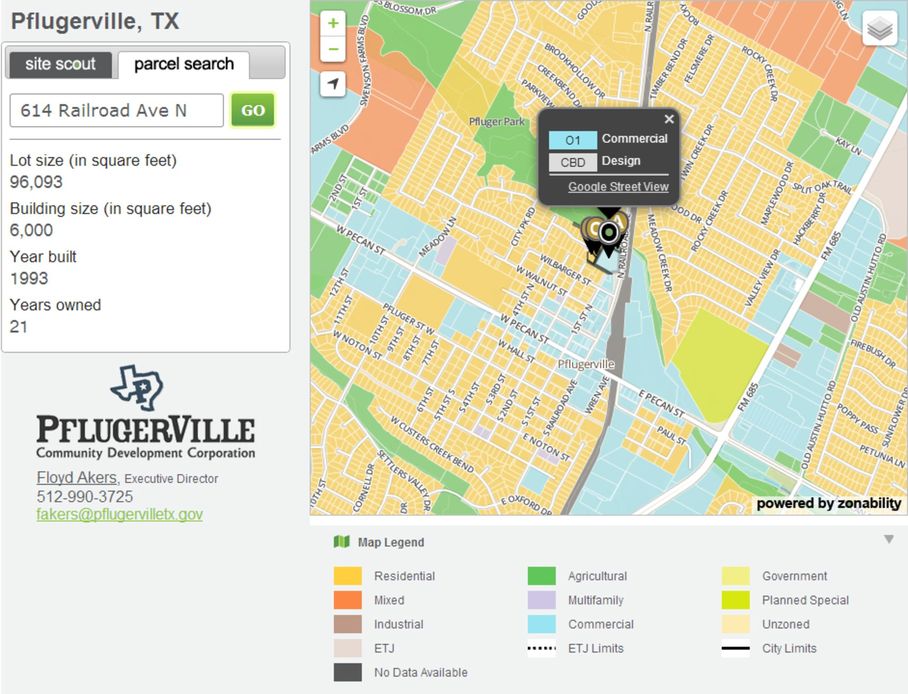Government Grants
Business Grants
Home Owner Programs
Federal Programs
About Us
Development and Testing Advancements in Spectral Wave Measurements, and Nearshore Process Methods for Risk-Based Guidance
In the field of surface gravity wave estimation and research, there is a need for data to update and improve state-of-the-art wave modeling technologies.
The collection of high-resolution directional wave measurements at strategic locations along all US coastal waters is essential to a continued collaborative development and evaluation of state-of-the-art wave modeling technologies that support public, private, and commercial users.
High-resolution directional wave measurements are used to assess predictive spectral wave model performance and are paramount to understanding the mechanisms affecting the temporal and spatial variability in the wave climate.
New and innovative techniques are needed to quantify model to measurement errors.
Field experiments with multiple buoy systems are needed to perform necessary analysis on wave generation source terms (atmospheric input, nonlinear wave-wave interaction, dissipation, shallow water wave-bottom effects, etc.) and will lead to better wave models and more accurate long-term wave estimates.
With an increased amount of long-term data records available, tracking monthly, annual, and multi-decadal changes in climate variability will be related to large-scale markers such as the Pacific Decadal Oscillation, the North Atlantic Oscillation, and the El Nino Southern Oscillation (PDO, NAO, and ENSO).
Long-term measurements seldom are continuous, and occasionally miss storm extremes.
New and innovative techniques (RH-Tests for Homogeneity, Neural Network, temporal correlation functions, and geo-statistical interpolation) to fill those gaps are needed in the USACE’s wave climate studies.
New, innovative wave measurement systems such as small drifters could be deployed in areas where moored buoys are unable to perform.
Water bodies containing ice (annual development and decay), and persistent currents as in the case of the Florida and Gulf Stream, are areas where drifters could be applicable.
It is equally important to ascertain the energy derived from distant storm events originating in the far northwestern Pacific Ocean where moored buoys could not be deployed, and altimeters, despite their resounding success, may not be able to measure extreme significant wave heights in the events.
An array of drifters could monitor areas, transmitting real-time directional wave data until its power supply fails.
Waves are the primary energy input into the coastal zone.
As they reach shallow water, waves interact with near-coast bathymetry transforming until they break in the surf zone.
Surf-zone wave processes drive complex circulation patterns and ultimately result in sediment transport and morphology evolution.
In addition, inundation at the shoreline is directly controlled by the transformation of infragravity and sea-swell waves across the surf-zone bathymetry and beach foreshore.
Wave-driven setup and run-up can be large during storms and alongshore gradients in wave setup can drive surf-zone flows.
The resultant bathymetric and topographic evolution (m’s of vertical change) can be rapid (minutes to days) and vary in space and time over the course of a storm.
This morphological evolution is driven by interactions between cross-shore undertow, alongshore currents, and oscillatory incident- and infragravity wave-driven flows to change sediment transport magnitude and direction.
While many of the aforementioned wave and hydrodynamic processes are fairly well understood and can be well simulated with state-of-the-art coastal numerical models, the resultant sediment transport is poorly understood.
Estimating morphology evolution at longer time scales involves summing over these short timescales, while including potential changes in wave climate, water level, and sediment supply.
Basic research on sediment transport at a range of spatial and temporal scales is needed to drive improvements in the USACE’s ability to properly manage both sediment and risks during coastal storms and over project-relevant (30-year) timescales.
The collection of high-resolution directional wave measurements at strategic locations along all US coastal waters is essential to a continued collaborative development and evaluation of state-of-the-art wave modeling technologies that support public, private, and commercial users.
High-resolution directional wave measurements are used to assess predictive spectral wave model performance and are paramount to understanding the mechanisms affecting the temporal and spatial variability in the wave climate.
New and innovative techniques are needed to quantify model to measurement errors.
Field experiments with multiple buoy systems are needed to perform necessary analysis on wave generation source terms (atmospheric input, nonlinear wave-wave interaction, dissipation, shallow water wave-bottom effects, etc.) and will lead to better wave models and more accurate long-term wave estimates.
With an increased amount of long-term data records available, tracking monthly, annual, and multi-decadal changes in climate variability will be related to large-scale markers such as the Pacific Decadal Oscillation, the North Atlantic Oscillation, and the El Nino Southern Oscillation (PDO, NAO, and ENSO).
Long-term measurements seldom are continuous, and occasionally miss storm extremes.
New and innovative techniques (RH-Tests for Homogeneity, Neural Network, temporal correlation functions, and geo-statistical interpolation) to fill those gaps are needed in the USACE’s wave climate studies.
New, innovative wave measurement systems such as small drifters could be deployed in areas where moored buoys are unable to perform.
Water bodies containing ice (annual development and decay), and persistent currents as in the case of the Florida and Gulf Stream, are areas where drifters could be applicable.
It is equally important to ascertain the energy derived from distant storm events originating in the far northwestern Pacific Ocean where moored buoys could not be deployed, and altimeters, despite their resounding success, may not be able to measure extreme significant wave heights in the events.
An array of drifters could monitor areas, transmitting real-time directional wave data until its power supply fails.
Waves are the primary energy input into the coastal zone.
As they reach shallow water, waves interact with near-coast bathymetry transforming until they break in the surf zone.
Surf-zone wave processes drive complex circulation patterns and ultimately result in sediment transport and morphology evolution.
In addition, inundation at the shoreline is directly controlled by the transformation of infragravity and sea-swell waves across the surf-zone bathymetry and beach foreshore.
Wave-driven setup and run-up can be large during storms and alongshore gradients in wave setup can drive surf-zone flows.
The resultant bathymetric and topographic evolution (m’s of vertical change) can be rapid (minutes to days) and vary in space and time over the course of a storm.
This morphological evolution is driven by interactions between cross-shore undertow, alongshore currents, and oscillatory incident- and infragravity wave-driven flows to change sediment transport magnitude and direction.
While many of the aforementioned wave and hydrodynamic processes are fairly well understood and can be well simulated with state-of-the-art coastal numerical models, the resultant sediment transport is poorly understood.
Estimating morphology evolution at longer time scales involves summing over these short timescales, while including potential changes in wave climate, water level, and sediment supply.
Basic research on sediment transport at a range of spatial and temporal scales is needed to drive improvements in the USACE’s ability to properly manage both sediment and risks during coastal storms and over project-relevant (30-year) timescales.
Related Programs
Basic, Applied, and Advanced Research in Science and Engineering
Department Of Defense
Agency: Department of Defense
Office: Engineer Research and Development Center
Estimated Funding: $40,000,000
Office: Engineer Research and Development Center
Estimated Funding: $40,000,000
Obtain Full Opportunity Text:
https://www.imls.gov/grants/available/native-american-library-services-enhancement-grants
Additional Information of Eligibility:
This opportunity is restricted to non-federal partners of the Desert Southwest Cooperative Ecosystems Studies Unit (CESU).
Full Opportunity Web Address:
https://www.imls.gov/grants/available/native-american-library-services-enhancement-grants
Contact:
Agency Email Description:
Kisha M. Craig
Agency Email:
Date Posted:
2024-01-09
Application Due Date:
Archive Date:
2024-04-10
Social Entrepreneurship
Spotlight
Social Enterprise HandiConnect Wins Audacious Award in New Zealand

Social enterprise, HandiConnect, wins the Audacious-Business Idea competition’s Doing Good category. The company is spearheaded by University of Otago entrepreneurship master’s student Nguyen Cam Van.

